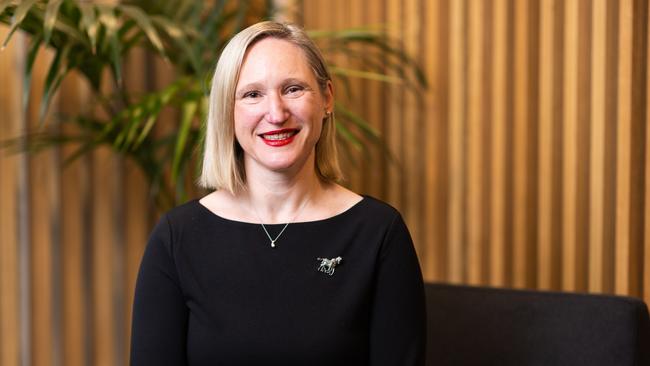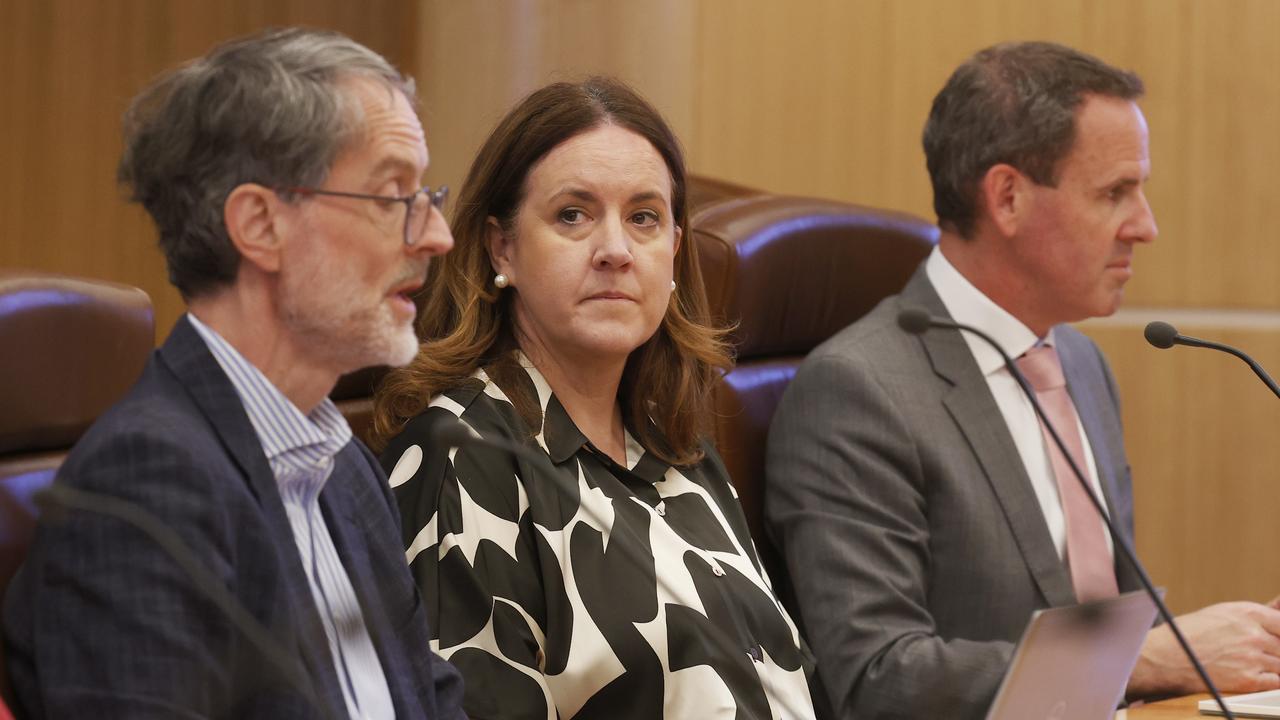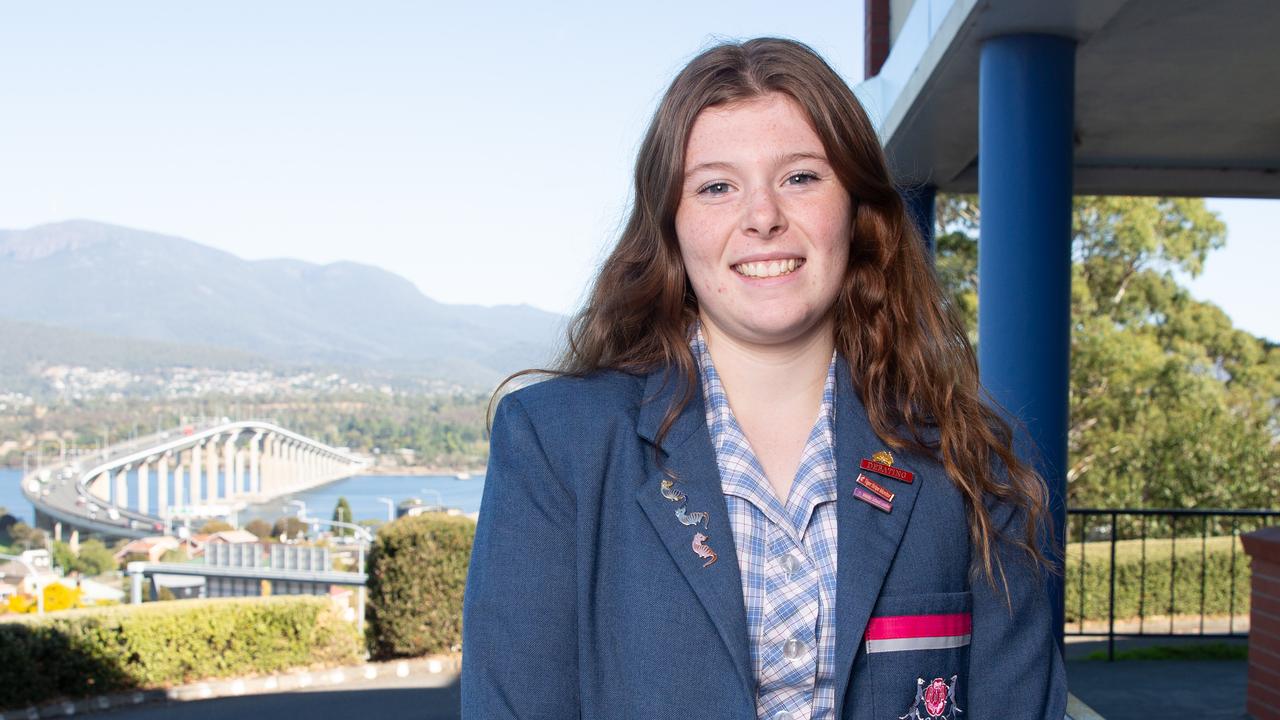New report reveals how much Tasmanian parents spend on their child’s education over 13 years of schooling
It is one of the most significant investments a parent will make, and now the cost of education in Tasmania has been revealed in a new report. Here’s how much some schools are charging >>

Education
Don't miss out on the headlines from Education. Followed categories will be added to My News.
A new report has found that Tasmania is the most affordable state for catholic education.
Futurity Investment Group (FIG) has released its Cost of Education Index for 2025.
The results include all costs, including school fees, outside tuition, uniforms, textbooks, electronic devices, and other expenditures over 13 years for a child starting education this year.

FIG’s Sarah McAdie said, generally, it was cheaper to send a child to school in Tasmania than in other parts of Australia.
“Nationally, we saw about a 30 per cent increase in the cost of government education, and we saw a 10 per cent increase in independent,” Mrs McAdie said.
“Whereas in Tasmania, it’s only a 9 per cent increase for government and there’s a 13 per cent increase for independents.
“What’s the really interesting story is the reduction in Catholic education costs for parents in Tasmania down 10 per cent.”
Government education costs $78,869 in Tasmania over 13 years, up from $72,083 in 2024.
Meanwhile, going through independent schools for 13 years has risen from $223,415 to $251,561.
But Catholic education in Tasmania dropped from $161,042 last year to $145,870 over the life of a child’s schooling.
“There’s been a trend with parents in the catholic sector of really controlling those costs in the ancillary categories, where they can make those savvy spending decisions and be quite mindful about how they’re spending their money,” Mrs McAdie said.
“We looked at a number of categories of ancillary costs across all sectors and we only saw reductions in a couple of categories in government and independent.
“Whereas for Catholic, we saw reductions in a number of those categories, including things like electronic devices, uniforms, stationary and electives.
“I think there’s a trend of the parents in that sector that they’re actually pulling back where they can to ensure they can continue to afford that education.”
In general, though, Mrs McAdie said schooling costs were increasing for most Australians.
“The costs of running schools is going up like it is for running your own household; power bills are up, staffing costs are up, and the supplies are up.
“But when we look at the cost of education for a child starting school this year over 13 years, a significant portion of that is the ancillary costs – no matter which sector you go to – and we all know that the cost of goods has gone up in recent times and is reflected in these figures.”
FIG surveyed around 2400 Australian parents for the Cost of Education Index.
“It’s clear that Australian families really value education,” Ms McAdie said.
“We’re still seeing strong enrolments in independent schools in Australia, and for the parents – if you look at these figures – it’s important that parents plan and save for their child’s education.”




